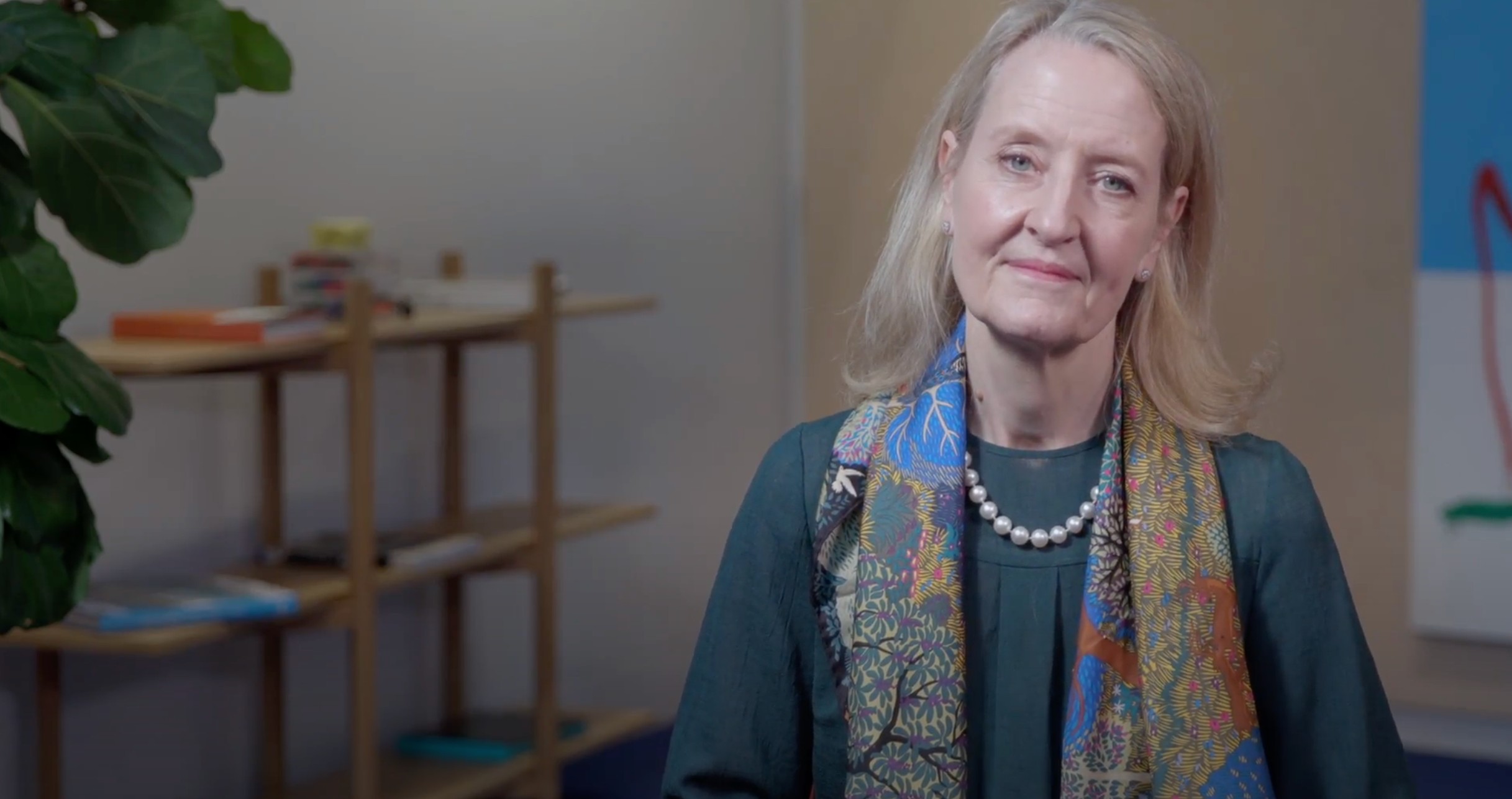
EU Sustainable Finance Taxonomy Reflections

Stephanie Sfakianos
35 years: Sustainable finance & banking
The Taxonomy represents the most comprehensive attempt to tackle the very thorny topic of “what is green” and “what is green enough” and hence to help markets identify greenwashing. In this video, Stephanie highlights the importance of taxonomy. She further talks about the challenges and arguments against the EU taxonomy.
The Taxonomy represents the most comprehensive attempt to tackle the very thorny topic of “what is green” and “what is green enough” and hence to help markets identify greenwashing. In this video, Stephanie highlights the importance of taxonomy. She further talks about the challenges and arguments against the EU taxonomy.
Subscribe to watch
Access this and all of the content on our platform by signing up for a 7-day free trial.

EU Sustainable Finance Taxonomy Reflections
7 mins 48 secs
Key learning objectives:
Outline the challenges associated with the EU taxonomy
Understand what market research tells us about the EU taxonomy
Identify what is next for the EU taxonomy
Overview:
Although the EU Taxonomy brings numerous challenges, it is clear that pressure is building for a much more robust system for measuring and reporting on environmental impacts, which could present a wake-up call for market participants the world over.
Subscribe to watch
Access this and all of the content on our platform by signing up for a 7-day free trial.
What are some of the challenges associated with the EU Taxonomy?
- Difficulty of devising a common language across all countries: there are shades of green” which depend on “local and national contexts” and which would differ widely depending on the phase of development of the country concerned
- The practicalities of implementation: The Taxonomy bases its analysis on the use of NACE codes, The TEG acknowledges that not all relevant sectors have NACE codes, including buildings. It has also been argued that using NACE codes to identify activities is not readily compatible with the Use of Proceeds model in which issuers typically identify specific green projects against which they can identify impactful capital expenditure
- It would be much more useful to devise a ‘brown’ taxonomy: To identify sectors where the financial risks are the greatest, including from physical climate risks, from regulatory changes and hence higher compliance costs
What does investment research tell us about the challenges?
Investment research firm and index provider MSCI has reported that possibly 20% of current green bonds would be taxonomy compliant.
What study was conducted by the PRI?
A global mix of forty member firms volunteered to pilot an assessment of the alignment of some of their portfolios to the Taxonomy, including Aberdeen Standard, Blackrock, Morgan Stanley, Robeco and Wells Fargo Asset Management. Respondents were 89% asset managers and 11% asset owners. Some of the participants reported strong alignment, others modest or limited alignment and some chose not to publish their results.
What do the results show?
- As examples, Aberdeen Standard’s Green Focus Fund, whose environmental objective is climate mitigation, achieved 60% alignment based on weighted holdings
- Asset manager La Française identified that its thematic equity climate fund, Carbon Impact Euro, was “only 20% aligned with the taxonomy”
- Morgan Stanley assessed the performance of its ESG-tilted equity and green bonds exposure, and found the overall taxonomy alignment to be 6.3%
- Other more general observations highlighted the fact that implementation is “time-consuming”
Why is the Taxonomy Important?
The Taxonomy represents the most comprehensive attempt yet to tackle the very thorny topic of “what is green” and “what is green enough” and hence to help markets identify greenwashing. The Principles and Technical Screening Criteria in the Taxonomy raise the bar for issuers and the intermediaries advising them.
What are some more arguments against the EU Taxonomy?
- Markets are global and market participants do not want to comply with a whole host of local taxonomies and regulations with different reporting regimes
- There seems to be a real fear outside the EU that the development of the Taxonomy may give the EU an unassailable first-mover advantage, generating network effects that could serve as barriers to entry to other providers
- An alternative view to that expressed by the ECB is that in fact the EU’s efforts risk undermining the efforts of other countries, some of whom are on extremely challenging transition pathways. One observer has even suggested that “the EU Taxonomy may well pose an existential threat to existing voluntary schemes, creating a new ESG world order”
What's next for the EU Taxonomy?
- Work is now starting on the next phase of the Taxonomy. A new permanent, 50 person Platform on Sustainable Finance has been brought together, divided into five working groups including social aspects and “brown” economic activities
- In the meantime, away from the work in Europe, other standards setters are starting to get their acts together. It has been announced that the Sustainability Accounting Standards Board (SASB) and the International Integrated Reporting Council (IIRC) will merge in mid 2021 to create the Value Reporting Foundation
- They have also put out a Statement of Intent To Work Together Towards Comprehensive Corporate Reporting, alongside the Global Reporting Initiative (GRI), the Climate Disclosure Standards Board (CDSB) and CDP (previously known as the Carbon Disclosure Project), to be coordinated by the Impact Management Project
Subscribe to watch
Access this and all of the content on our platform by signing up for a 7-day free trial.

Stephanie Sfakianos
There are no available Videos from "Stephanie Sfakianos"





























